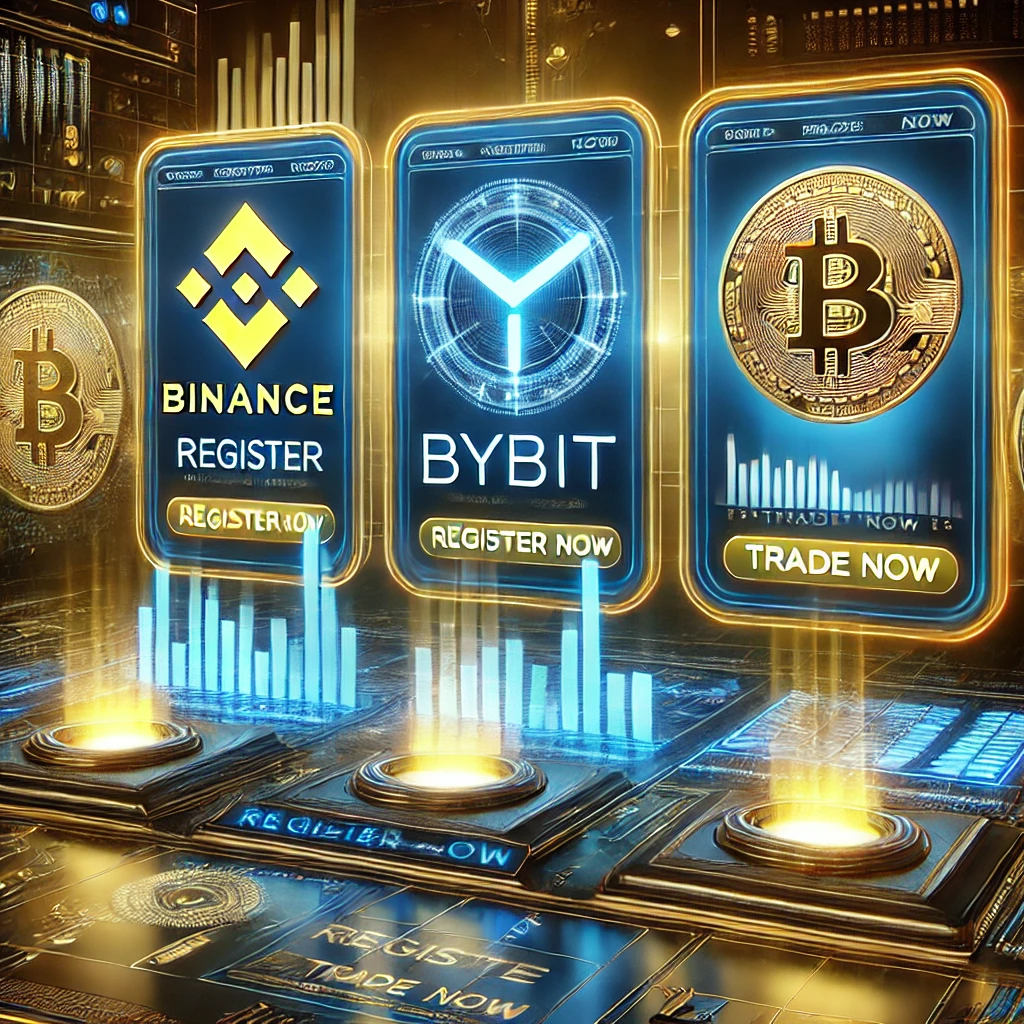Chainlink (LINK) is a decentralized oracle network that plays a crucial role in enhancing the functionality of smart contracts by enabling them to access real-world data and external APIs. This capability significantly extends the potential use cases for smart contracts, allowing them to interact with the external environment. Here’s an exploration of how Chainlink works with smart contracts and how it enhances their capabilities through off-chain data integration.
1. Understanding Smart Contracts
- Definition: Smart contracts are self-executing contracts with the terms of the agreement directly written into code. They run on blockchain networks and automatically execute actions based on predefined conditions.
- Limitations: While smart contracts are powerful for automating processes, they are limited to the data available on the blockchain. They cannot inherently access external information, which restricts their functionality in real-world applications.
2. The Role of Chainlink
- Decentralized Oracle Network: Chainlink acts as a bridge between smart contracts and off-chain data sources. It allows smart contracts to securely fetch data from various external sources, enabling them to react to real-world events and conditions.
- Data Integration: By providing reliable data feeds, Chainlink enables smart contracts to make informed decisions based on real-time information. This integration is essential for many applications, such as DeFi, insurance, and gaming.
3. How Chainlink Works with Smart Contracts
- Data Request Creation:
- A smart contract generates a data request specifying the type of external data needed (e.g., price of an asset, weather information, etc.). This request is sent to the Chainlink network.
- Oracle Selection:
- Chainlink selects a group of independent nodes (oracles) to fulfill the data request. This decentralized selection process ensures that the data is sourced from multiple providers, enhancing reliability and accuracy.
- Data Retrieval:
- The selected Chainlink nodes retrieve the requested data from specified external sources, such as APIs or databases. Each node independently collects the data to ensure integrity.
- Data Aggregation:
- The responses from the nodes are aggregated to produce a final result. This aggregated data is then verified for accuracy before being delivered to the requesting smart contract.
- Execution of Smart Contract Logic:
- Once the smart contract receives the accurate off-chain data, it can execute its predefined logic based on the data provided. For example, if a smart contract is designed to execute a trade based on a specific price threshold, it can now do so using real-time price data fetched through Chainlink.
4. Use Cases Enabled by Chainlink
- Decentralized Finance (DeFi):
- Chainlink provides reliable price feeds for various cryptocurrencies and assets, enabling DeFi applications like lending platforms and decentralized exchanges to function effectively. Accurate data ensures fair trading and reduces the risks of liquidation.
- Insurance:
- Smart contracts in insurance can access off-chain data (e.g., weather data) to automate payouts based on real-world events. For instance, crop insurance contracts can trigger payments automatically if a drought is reported.
- Gaming:
- In blockchain-based games, Chainlink can provide random number generation and external data feeds, enhancing gameplay and ensuring fairness in gaming mechanics.
- Supply Chain Management:
- Chainlink can connect smart contracts with external tracking systems to provide real-time data on the status of goods, enabling automated processes such as payment releases upon delivery confirmation.
5. Security and Reliability
- Decentralization: Chainlink’s decentralized approach mitigates risks associated with relying on a single data source. By aggregating data from multiple oracles, Chainlink enhances the reliability and accuracy of the information provided to smart contracts.
- Economic Incentives: Chainlink’s incentive structure rewards node operators for providing accurate data, aligning their interests with the network’s integrity. This economic model fosters a robust ecosystem of reliable data providers.
Conclusion
Chainlink significantly enhances the capabilities of smart contracts by enabling them to access off-chain data securely and reliably. By bridging the gap between blockchain networks and the real world, Chainlink opens up a wide range of possibilities for decentralized applications across various industries.
As the demand for accurate and trustworthy data continues to grow, Chainlink’s role in expanding the functionality of smart contracts will become increasingly important. If you’re interested in exploring Chainlink and its impact on smart contracts, consider signing up on Binance to access its features and offerings. Embrace the potential of Chainlink and the exciting world of decentralized technologies!
Related Posts
What is a Cold Wallet? Comparing Cold and Hot Wallets in Crypto
1. Introduction When it comes to cryptocurrency storage, security is a top priority. Crypto wallets are generally categorized into two main types: cold wallets and hot wallets. Understanding…
4 min read
How to Protect Your Crypto Assets from Hackers
1. Introduction With the rise of cryptocurrency investments, hackers have become increasingly sophisticated in their attempts to steal digital assets. Protecting your crypto holdings requires a combination of…
4 min read
How to Protect Your Crypto Assets from Hackers
1. Introduction With the increasing value of cryptocurrencies, hackers are continuously finding new ways to exploit users. Protecting your digital assets should be a top priority for any…
4 min read
How to Avoid Scams When Investing in Cryptocurrency
1. Introduction The cryptocurrency market is full of opportunities, but it also comes with significant risks, including scams and fraudulent schemes. Many investors, especially beginners, fall victim to…
4 min read
Common Mistakes New Investors Make When Investing in Crypto
1. Introduction Investing in cryptocurrency can be highly rewarding, but it also comes with significant risks. Many new investors make common mistakes that lead to losses. Understanding these…
4 min read
Trading Fees on Binance, Bybit, and Exness – How to Save on Costs
1. Introduction When trading cryptocurrencies and forex, understanding the fee structures of different platforms is essential to maximize profits. Binance, Bybit, and Exness each have their own fee…
4 min read


